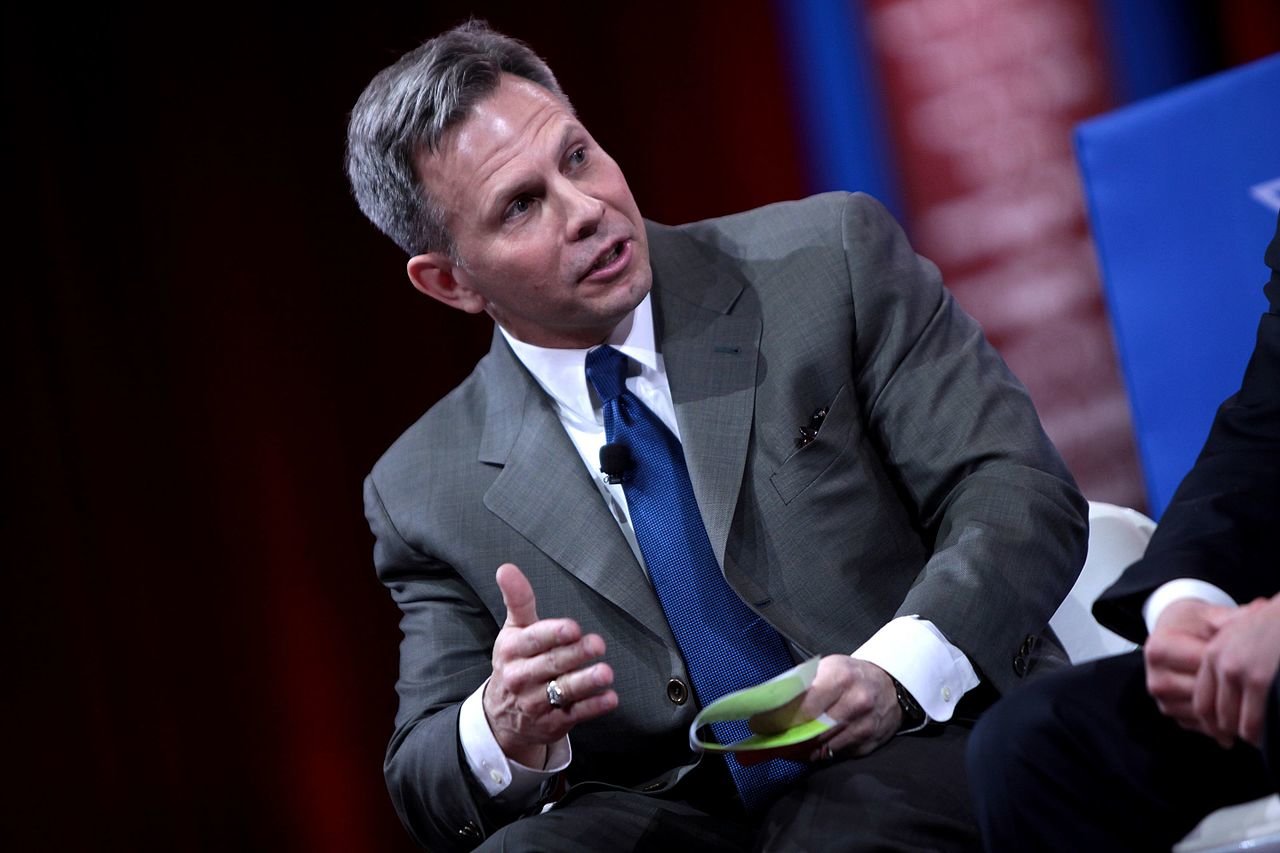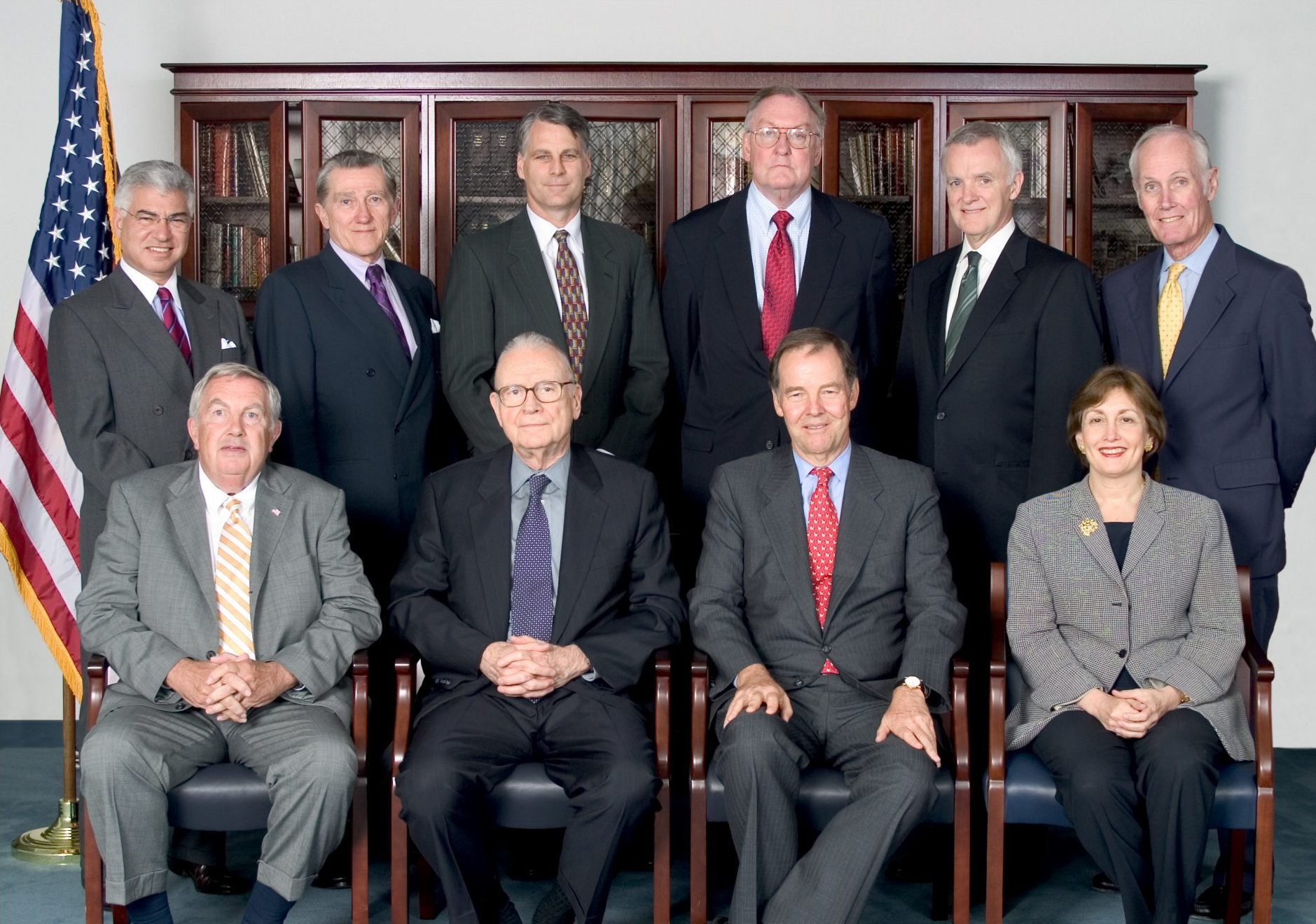‘Able Danger’ — The Pentagon’s Plan To Suppress a 9/11 Controversy

New York Harbor before Sept. 11, 2001. Adobe Stock photo.
In 2010, the Department of Defense purchased 9,500 first-edition copies of Anthony Shaffer’s book, Operation Dark Heart: Spycraft and Special Ops on the Frontlines of Afghanistan — and the Path to Victory. The Pentagon paid $47,500 and then told the publisher to pulp every copy.
Military officials were anxious to destroy the alleged national security secrets the book revealed, even though the Army had previously given Shaffer permission to publish the manuscript, with the consent of a federal judge. Shaffer, a former US Army lieutenant colonel, wrote the book as an autobiographical account of his 2003 Afghanistan deployment.
Operation Dark Heart eventually made the New York Times bestseller list. For its part, the Defense Intelligence Agency, or DIA, redacted more than 400 segments from the work — though the Pentagon agency reversed its decision on 198 of the redactions in 2013.
Regarding the Pentagon’s efforts to censor his book, Shaffer told the Free Range American podcast, “They couldn’t have given me better publicity.”

The DIA allegedly chose its edits to hide classified programs — such as the alleged government cover-up and blanket denial of Able Danger, a special operations data-mining project to root out terrorists in the United States.
Able Danger’s existence threatened to reveal the United States’ failure to act on early intelligence warnings of terrorist cells operating within the country prior to the Sept. 11, 2001, terrorist attacks. Controlled by US Special Operations Command and dating back to 1999, Able Danger cross-referenced open-source and classified information to craft a data-mining algorithm that identified terrorists. At the request of a four-star Army general, Shaffer joined the project at its inception.
Shaffer, an intelligence officer with experience running black operations, jumped at the opportunity.
“In 2000, while targeting al Qaeda, our Able Danger task force had discovered two of the three cells that later conducted the 9/11 attacks. Including Mohamed Atta, the lead hijacker,” Shaffer writes in his book. “Within DOD, there was knowledge of al Qaeda operating for the better part of two years before September 11, 2001.”

Shaffer advocated for the program, but Able Danger strayed into certain intelligence operations gray zones — notably, the collection of intelligence on US citizens, which is a violation of executive order 12333 unless the investigating agency suspects the targeted person is involved in terrorism. The FBI is responsible for criminal investigations targeting Americans. Therefore, because of a reluctance to gather intelligence on terrorism suspects with US citizenship or residency, Pentagon leadership elected to shut down the Able Danger task force.
On three separate occasions, Shaffer attempted to discuss the Able Danger program with FBI personnel. Each time, however, the FBI agents failed to show up. Special Operations Command lawyers advised the FBI not to meet with Shaffer because of legal concerns.
When Shaffer learned that an Egyptian national named Mohamed Atta flew American Airlines Flight 11 into the north tower of the World Trade Center, he recognized that name.
In his book, Shaffer described the day the 9/11 Commission, officially called the National Commission on Terrorist Attacks Upon the United States, came to Bagram Airfield.

“My turn took about an hour,” Shaffer writes, describing the briefing he gave to the commission’s investigators. “I outlined everything from [redacted] to General Schoomaker’s ordering me into Able Danger to the data mining to the actionable options to be taken against al Qaeda, which we’d outlined in January 2001. That got people’s attention.”
When the 9/11 Commission’s report came out in 2004, it made no mention of Able Danger or any of the information Shaffer had shared.
Ultimately, after years of unsuccessfully pushing Congress to admit wrongdoing — including testifying at two congressional committee hearings — Shaffer decided in 2006 to go public with the unclassified version of what the 9/11 Commission had excluded regarding Able Danger.
Shaffer’s decision provoked the Department of Defense’s ire. The DIA stripped Shaffer of his security clearance and spread rumors about his credibility in a gambit to ruin his professional reputation.
Now president of the London Center for Policy Research, a national security think tank, Shaffer continues to fight for recognition and is pushing for his publisher to release an unredacted version of his book.
Read Next:

Lauren Coontz is a former staff writer for Coffee or Die Magazine. Beaches are preferred, but Lauren calls the Rocky Mountains of Utah home. You can usually find her in an art museum, at an archaeology site, or checking out local nightlife like drag shows and cocktail bars (gin is key). A student of history, Lauren is an Army veteran who worked all over the world and loves to travel to see the old stuff the history books only give a sentence to. She likes medium roast coffee and sometimes, like a sinner, adds sweet cream to it.
BRCC and Bad Moon Print Press team up for an exclusive, limited-edition T-shirt design!
BRCC partners with Team Room Design for an exclusive T-shirt release!
Thirty Seconds Out has partnered with BRCC for an exclusive shirt design invoking the God of Winter.
Lucas O'Hara of Grizzly Forge has teamed up with BRCC for a badass, exclusive Shirt Club T-shirt design featuring his most popular knife and tiomahawk.
Coffee or Die sits down with one of the graphic designers behind Black Rifle Coffee's signature look and vibe.
Biden will award the Medal of Honor to a Vietnam War Army helicopter pilot who risked his life to save a reconnaissance team from almost certain death.
Ever wonder how much Jack Mandaville would f*ck sh*t up if he went back in time? The American Revolution didn't even see him coming.
A nearly 200-year-old West Point time capsule that at first appeared to yield little more than dust contains hidden treasure, the US Military Academy said.












